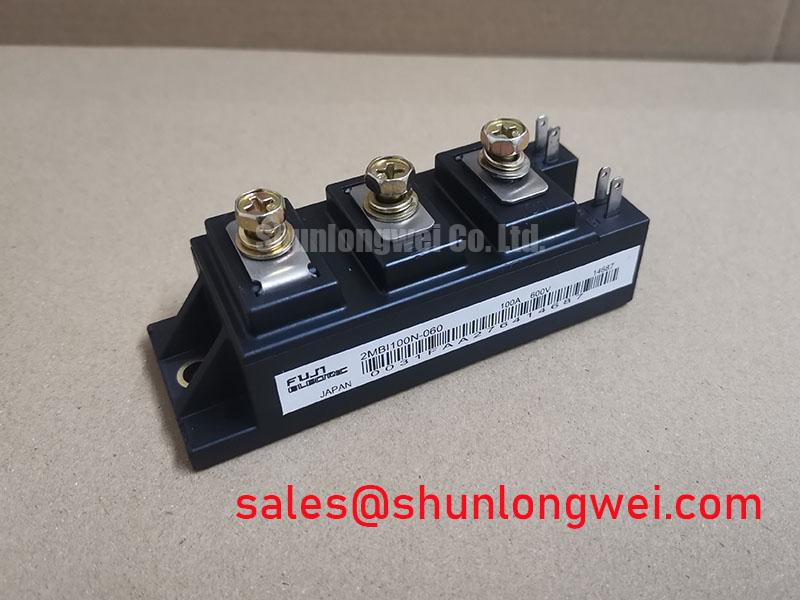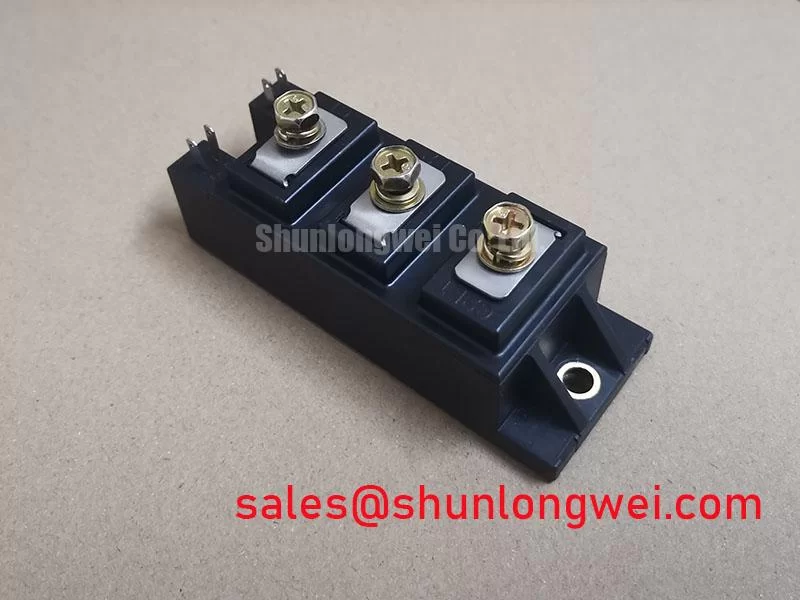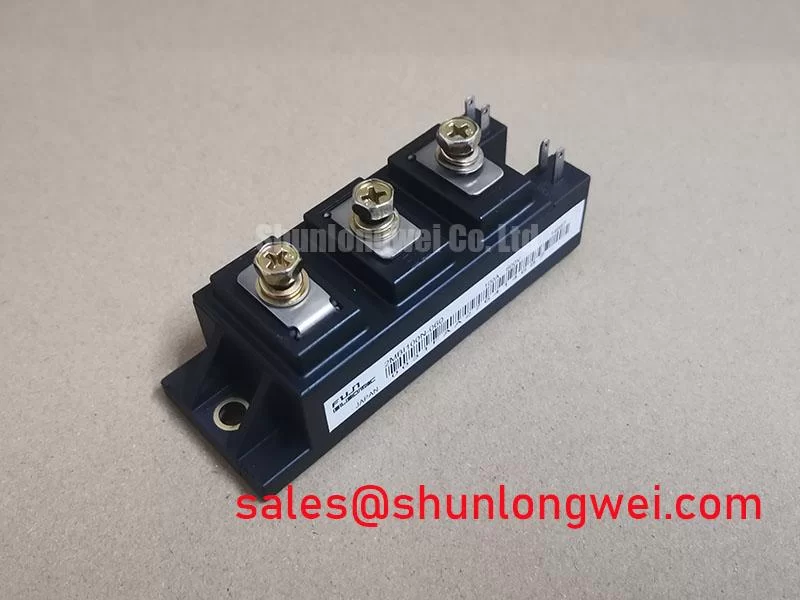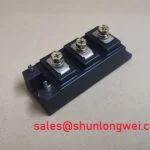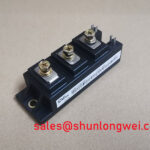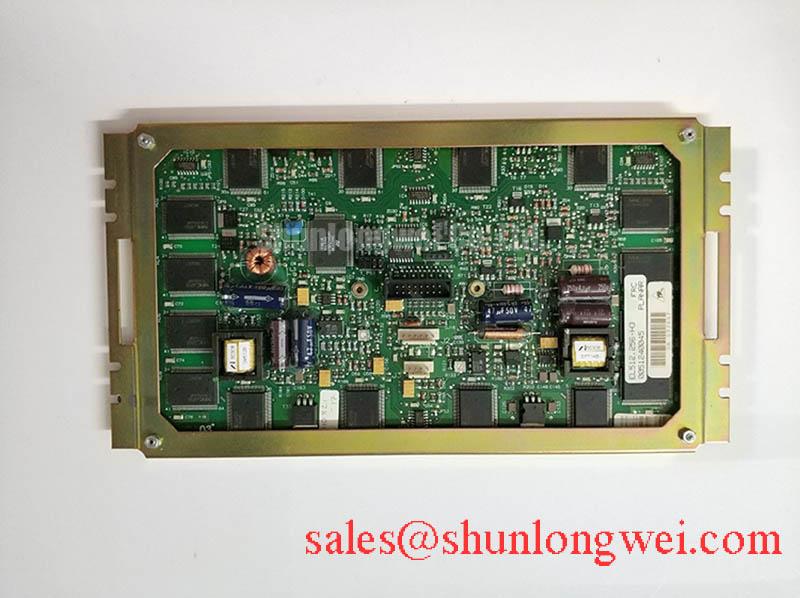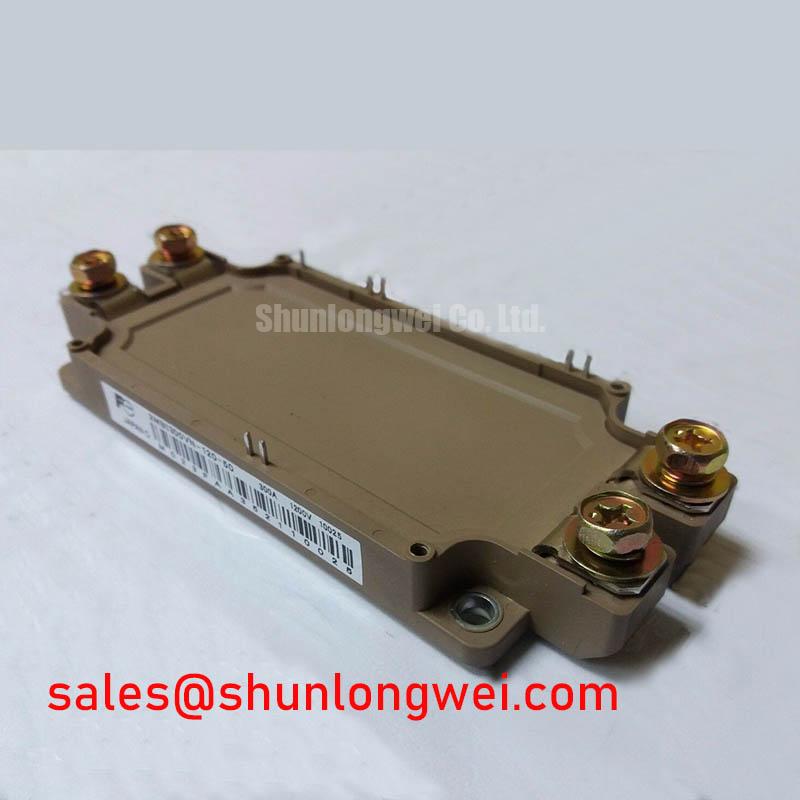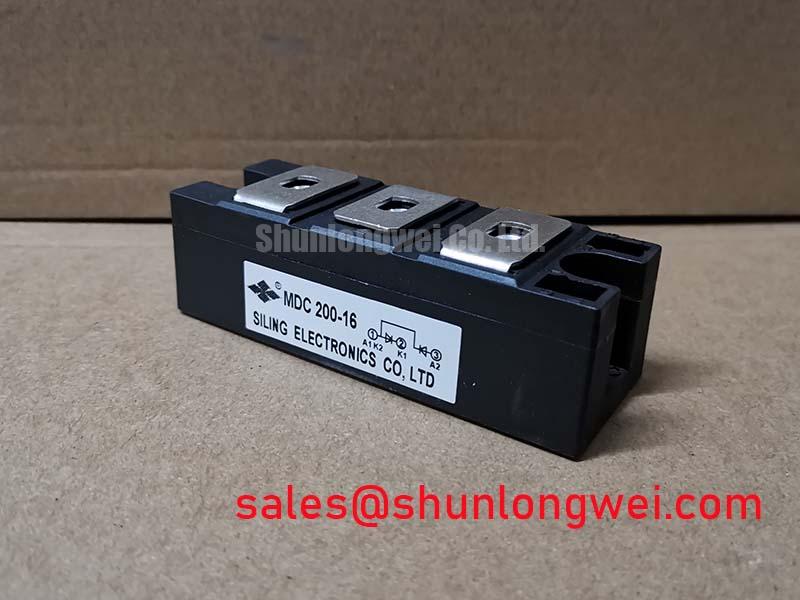Fuji Electric 2MBI100N-060: Efficiency in 600V Power Systems
A Technical Analysis of the 2MBI100N-060 IGBT Module
Engineered for high-power switching, the Fuji Electric 2MBI100N-060 IGBT module delivers a robust solution for motor controls and uninterruptible power supplies. This component integrates two N-channel IGBTs in a half-bridge configuration, focusing on reducing total power dissipation and enhancing thermal stability. Key to its performance are a low saturation voltage and optimized switching characteristics, which directly contribute to higher operational efficiency in demanding applications. The module's design also features minimized internal stray inductance, a critical factor for reliable operation at high switching frequencies.
The 2MBI100N-060's performance is anchored by its electrical specifications. What is the impact of a low VCE(sat)? It directly reduces conduction losses, which is the primary source of heat in the on-state, thus simplifying thermal management. For systems like variable frequency drives (VFDs), this translates to smaller heatsinks and potentially higher power density. The module’s structure is designed for efficient heat transfer, ensuring that the junction temperature remains within safe operating limits even under heavy loads.
Driving Efficiency in Industrial Automation and Power Conversion
The Fuji Electric 2MBI100N-060 IGBT Module is specified for applications where switching efficiency and reliability are paramount. Its characteristics make it a strong candidate for the power stages of AC and DC motor controllers, servo drives, and uninterruptible power supplies (UPS). In motor drives, the module's fast switching times and low saturation voltage enable precise control and reduce energy consumption. For systems demanding continuous operation, such as industrial welding machines or large-scale UPS installations, its robust thermal performance and square Reverse Bias Safe Operating Area (RBSOA) provide the necessary durability. For industrial motor controls prioritizing minimal energy loss over ultra-high switching speeds, the 2MBI100N-060's balance of low VCE(sat) and switching energy makes it a highly effective choice.
Key Specifications of the 2MBI100N-060
The technical parameters of the 2MBI100N-060 are tailored for high-efficiency power conversion. Below is a summary of its core specifications based on the official datasheet.
| Parameter | Symbol | Value | Conditions |
|---|---|---|---|
| Collector-Emitter Voltage | VCES | 600V | Tj=25°C |
| Continuous Collector Current | IC | 100A | Tc=80°C |
| Collector-Emitter Saturation Voltage | VCE(sat) | 2.2V (Typ) / 2.8V (Max) | IC=100A, VGE=15V, Tj=25°C |
| Total Power Dissipation | PC | 400W | Per IGBT |
| Turn-on Time | ton | 0.6µs (Typ) | IC=100A, VCC=300V |
| Turn-off Time | toff | 0.6µs (Typ) | IC=100A, VCC=300V |
| Thermal Resistance (Junction to Case) | Rth(j-c) | 0.31 °C/W | IGBT |
For complete details, please refer to the official 2MBI100N-060 datasheet.
Engineering Insight: Interpreting Critical Parameters
Understanding the datasheet values is key to effective system design. Here’s a closer look at what some parameters mean for your application:
- Collector-Emitter Saturation Voltage (VCE(sat)): This parameter represents the voltage drop across the IGBT when it is fully turned on. A lower VCE(sat), like the typical 2.2V for this module, signifies lower conduction losses. Think of it like friction in a pipe; less friction means less energy is wasted as heat, leading to a more efficient system and reduced cooling requirements.
- Turn-on (ton) and Turn-off (toff) Times: These values dictate the module's switching speed. The 2MBI100N-060's balanced switching times are crucial for minimizing switching losses, which become significant in high-frequency applications. Faster transitions mean less time spent in the high-dissipation linear region.
- Thermal Resistance (Rth(j-c)): This value quantifies how effectively heat can be transferred from the semiconductor junction to the module's case. A lower thermal resistance allows for better heat dissipation, keeping the device cooler and enhancing long-term reliability. A proper thermal management strategy is essential for maximizing the module's lifespan.
Frequently Asked Questions (FAQ) about the 2MBI100N-060
What is the primary benefit of the 'N-Series' IGBT technology in the 2MBI100N-060?
The N-series technology from Fuji Electric is designed to achieve a low collector-emitter saturation voltage (VCE(sat)). This directly translates to lower conduction losses during operation, improving the overall efficiency of the power conversion system and reducing the thermal load on cooling components.
Can the 2MBI100N-060 be used in parallel to achieve higher current ratings?
While paralleling IGBT modules is a common practice to increase current capacity, it requires careful design considerations. Engineers must ensure balanced current sharing, which involves symmetrical busbar layouts and matched gate drive signals. For specific guidance on paralleling Fuji IGBT modules, it is essential to consult the manufacturer's application notes and resources on IGBT module design.
What does the square RBSOA characteristic imply for system design?
A square Reverse Bias Safe Operating Area (RBSOA) indicates that the IGBT can handle high collector currents simultaneously with high collector-emitter voltages during the turn-off phase without entering destructive failure modes. This provides a greater margin of safety and robustness, particularly in applications with inductive loads like motor drives, where voltage overshoots are common.
Design and Integration Considerations
When incorporating the 2MBI100N-060 into a power system, several factors should be addressed to ensure optimal performance and longevity. A well-designed gate drive circuit is fundamental for controlling the IGBT's switching behavior effectively. The gate resistor (RG) plays a critical role in managing the trade-off between switching speed and voltage/current overshoots. Furthermore, the physical layout of the power circuit should minimize stray inductance to reduce voltage spikes during high-speed switching events. Proper mounting with the recommended torque (2.5 to 3.5 N·m) and the use of thermal grease are essential for maintaining a low thermal resistance path to the heatsink, which is foundational to the module's reliability.
For systems that require a higher voltage rating, the 2MBI200N-120 offers a 1200V alternative with a higher current capacity.
From a design perspective, this module encourages a forward-looking approach to power electronics. By providing a foundation of high efficiency and thermal stability, it allows engineers to focus on optimizing system-level performance, such as control algorithms and user interface design, rather than expending excessive resources on mitigating component-level inefficiencies and thermal constraints.

